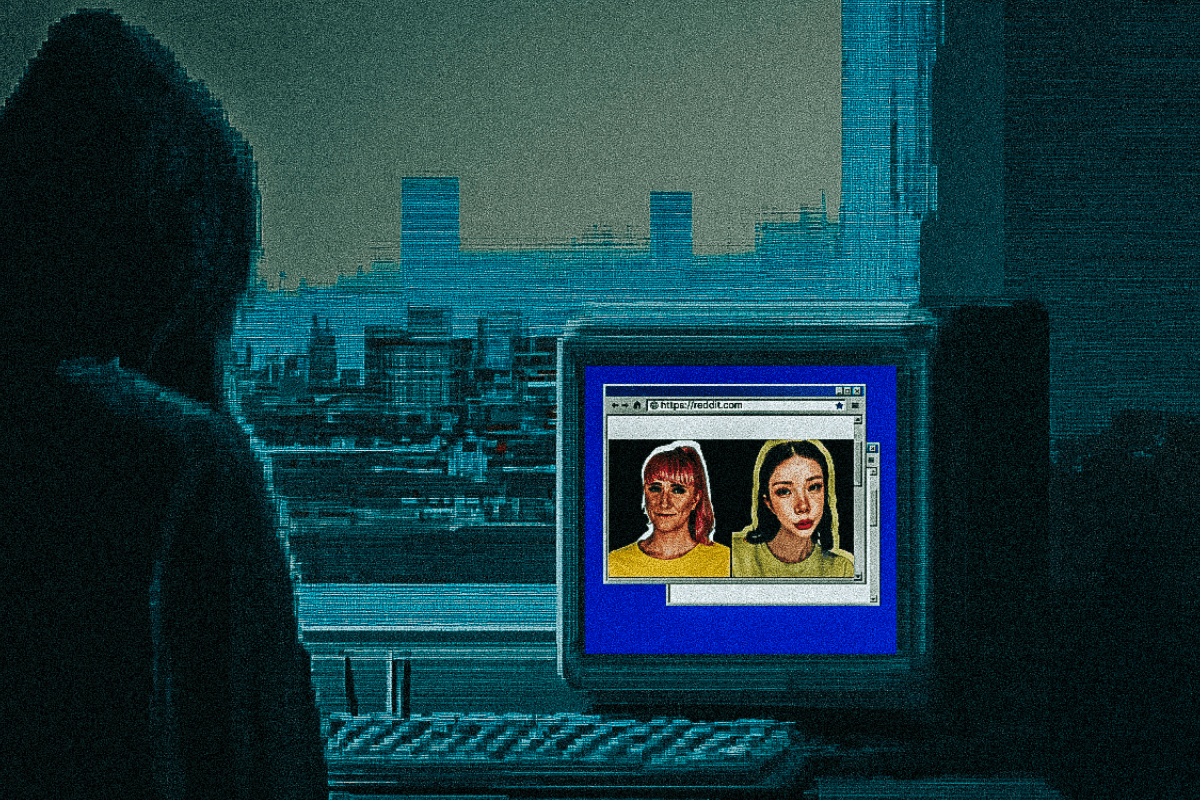
Buc-ee's and The Infinite American SpiritAug 27
how a gas station megachain with palatial bathrooms, beef jerky walls, and neverending merchandise became a cultish American spectacle
Jul 20, 2025

Every video Donna Briggs posts to her half a million followers on TikTok and Instagram opens the same way: “Hello everyone, it’s Donna Briggs!” she chirps in a saccharine singsong. Her eyes squint, lids burdened by her fake eyelashes. There's something uncanny about her combination of platinum blonde hair, porcelain skin, and painted-on eyebrows. Plus, there's her voice. Donna Briggs — the bubbly, blonde-haired, blue-eyed Karen in Lilly Pulitzer — sounds like a black woman, which is just to say unmistakable rhythm and drawl that’s been stereotyped as black.
Of course, that means nothing on its own — stereotypes aren’t reality. But still… it makes you pause.
Briggs should, in theory, be forgettable — another would-be manifestation guru whose posts are laden with hashtags like #liveinabundance. But there’s just something… off. It’s like Donna Briggs hasn’t finished rendering yet. Even the contact information on her non-profit’s website, Make Every Day A Great Day LLC, leads nowhere. Google the 888 number she lists, and through some weird glitch, the results list 988, the suicide prevention hotline.